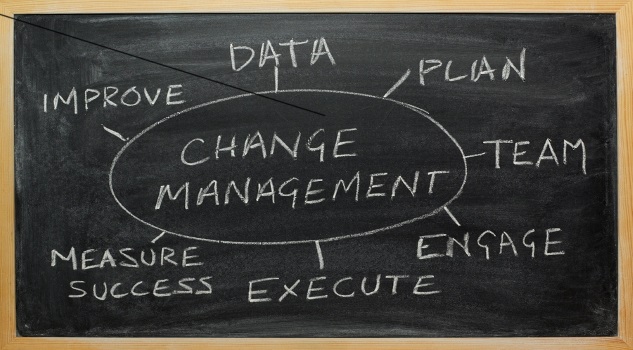Regardless of how you voted in the referendum there are lessons every business can take from the process about how to manage change.
As small-business owners we are constantly looking at how to do things better, and our ability to drive sustainable change is fundamental to the success of our organisations. As a change manager for the past 20+ years, I saw a number of lessons in the referendum process that can help us manage change better.
Change presents both opportunity and challenge. And everyone has a different appetite for change. Most people are pretty happy with the status quo, so it is incumbent on those seeking to change things to convince them that it is worth the challenge. There are some keys steps we can take to make this happen in our organisations.
Pressure for change
People need to be able to see why the change is necessary. With the referendum there seemed to be almost universal acceptance that many things are not working for remote indigenous communities.
In most industries there are pressures for change that include the need for process or systems efficiencies, customer demand and staffing challenges. Most organisations are able to make strong cases for change and get agreement from staff around these.
Clear shared goals
The constant refrain was that referendums without bipartisan support are unlikely to succeed. And so it proved. In our organisational context the lesson we take from this is the importance of getting support for your goals across your leadership team and broadly throughout your organisation. If they are not supportive, you need to understand why.
A clear plan
This has emerged as one of the biggest problems for the Yes camp. When things are changing, the first thing people go to is “what does this mean for me?”. This is just human nature and in organisational change it means we need to translate any high-level change down to the front line, so everyone understands what it means for how they do their job. The Yes camp’s decision not to communicate the implementation plan early and often meant people struggled to understand how the Voice would impact practically on indigenous communities and on themselves.
Plenty of clear, relevant information
We need to provide as much information as possible about proposed changes. If you don’t provide information and answers to questions, people will come up with their own and, in my experience, this is often negative and favours the status quo.
With social media playing such a huge role in our lives, messaging has become ever more important. An analysis in the Sydney Morning Herald (16 Oct 2023) mentions that the Yes case had 33 messages, the No case had just one. Ensuring you have a clear and consistent message about your change and sticking to it is vital.
A willingness to listen and adjust the plan
Once we start talking about the planned changes with our staff, they will have questions, will identify potential problems and make suggestions. This is unlikely to change the overarching plan but should inform adjustments to the implementation plan because these are the people who will be working with the changes we want to make. Their challenging can help us hone the changes and enables our staff to buy into the outcomes.
With the referendum proposal, there was little consultation once the proposal was launched. The decisions not to separate the questions of recognition and the Voice, not to run a constitutional convention, nor to legislate a voice and adjust it before seeking to enshrine it in the constitution, and to provide only one opportunity to make public comment to a parliamentary committee nine months after the proposal was launched, are all cited as reasons why people didn’t engage with it.
United and committed leadership
When leaders are not united the messages are diluted. With indigenous leaders as the faces of both the Yes and No camps it sent a signal that the indigenous community was not united around the need for the Voice.
We need to ensure our leaders are onboard with any change we want to make. When staff sense there is disunity they are likely to be less engaged and to exploit weak links for the outcome they want (think kids ‘answer shopping’ between ununited parents until they get ice cream, McDonalds, an extended bedtime…). Change takes time and, the larger the change, the more time we need to allow. If we want our teams to engage with and sustain change to keep our businesses competitive, we need to enable people to get involved so they can discuss the changes, question them, suggest adjustments, try things out and do it all again. Sadly for the referendum, that is no longer possible.









